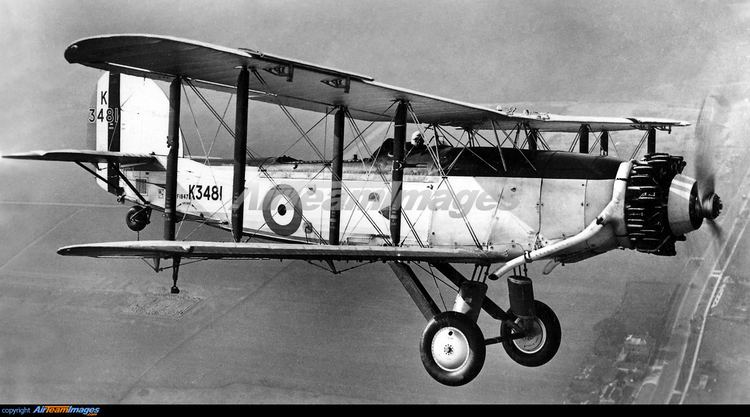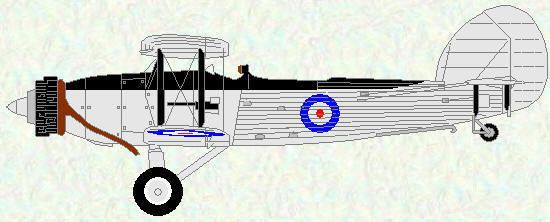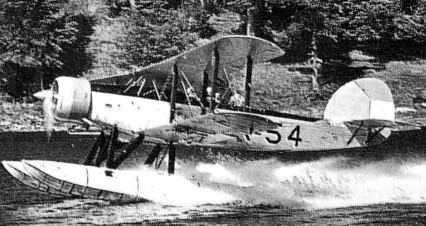Top speed 222 km/h Length 10 m First flight 1930 | Wingspan 14 m Introduced 1933 Manufacturer Avions Fairey | |
 | ||
The Fairey Seal was a British carrier-borne spotter-reconnaissance aircraft, operated in the 1930s. The Seal was derived - like the Gordon - from the IIIF. To enable the Fairey Seal to be launched by catapult from warships, it could be fitted with floats.
Contents

Service life and operations

The Seal was designed and built by Fairey Aviation. It first flew in 1930 and entered squadron service with the Fleet Air Arm (FAA) in 1933. Ninety-one aircraft were produced.
The FAA started to replace it with the Swordfish Mk1 from 1936. By 1938 all FAA torpedo squadrons had been entirely re-equipped with the Swordfish. The Seal was removed from front-line service by 1938, but remained in secondary and support roles. By the outbreak of the Second World War, only four remained in service. The type was retired fully by 1943. The type was last used in India as an instructional airframe from the Royal Navy Photographic Unit.

The RAF also operated the Seal as a target tug. Twelve aircraft were part of the RAF's No 10 Bombing and Gunnery School until 1940. A further four aircraft were used by 273 Squadron in Ceylon. These aircraft were used on coastal patrols, some as floatplanes. By May 1942, the type had been retired from RAF service.

In 1934 Latvia ordered four Seal floatplanes for its naval aviation (factory numbers F.2112 - 2115, tactical numbers 26 - 29, later 98 - 101). Between 22 June and 5 July 1936 three floatplanes under Colonel Janis Indans undertook a 6000 km long journey from Liepāja through Baltic and North European countries to England and back. In autumn 1940, after Latvia's annexation, the aircraft were taken by the Soviets, but they were not used by them, and they remained stored on Kisezers lake. On 28 June 1941 they were destroyed there by the German planes.
Variants

Operators
Survivors
There are no known survivors of this type in existence.
Specifications (Landplane)
Data from British Naval Aircraft since 1912.
General characteristics
Performance
Armament
